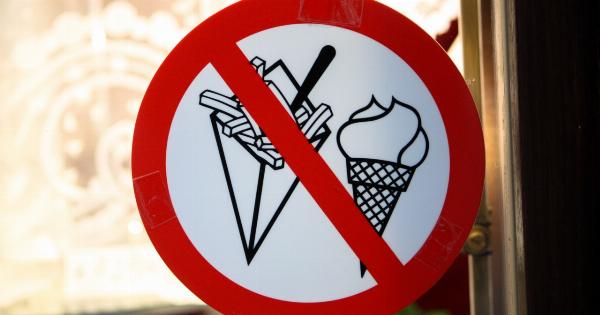As people enter their 40s and 50s, the concept of a midlife crisis becomes increasingly prevalent. A midlife crisis is a time of self-doubt, anxiety, and uncertainty that can strike at any point during midlife.
Many people experience a midlife crisis as a feeling of being stuck in their current life situation, which leads to a desire for change and exploration of new possibilities.
What Causes a Midlife Crisis?
A midlife crisis can stem from a variety of different factors and can be triggered by a wide range of life events. Some common causes of a midlife crisis include:.
Career Frustration
Many people reach their 40s or 50s feeling like they have stalled in their careers or that they are disenchanted with their current jobs.
This can lead to feelings of restlessness and unhappiness, as they start to question whether they are on the right path or if they should be doing something else entirely.
Relationship Issues
As people age, their priorities and needs in relationships can change. A midlife crisis can be triggered by relationship problems, such as a declining sex life or growing apart from your partner.
It can also be triggered by the realization that you have spent a significant portion of your life with someone but are no longer happy or fulfilled in the relationship.
Personal Grief and Trauma
Experiencing a significant loss, such as the death of a loved one or a health crisis, can lead to a midlife crisis. It can make people question the purpose of their lives and cause them to re-evaluate what is truly important to them.
Age and Mortality
As people enter midlife, they may begin to reflect on their own mortality. The realization that they are no longer young and that their time on earth is limited can be a difficult concept to grapple with, leading to anxiety and existential questioning.
How to Manage a Midlife Crisis
While a midlife crisis can be a challenging and overwhelming experience, there are several strategies that people can use to manage and overcome it:.
Identify the Cause
The first step to managing a midlife crisis is to identify the underlying cause. Pinpointing what is causing the restlessness and dissatisfaction can help people develop a plan to move forward.
This may involve speaking with a therapist or counselor to help sort out thoughts and feelings.
Set Goals and Make Changes
Once the underlying cause of the midlife crisis has been identified, it is critical to set goals and make changes. This may involve making significant life changes, such as changing careers or ending a relationship.
It can also involve smaller changes, like starting a new hobby or practicing self-care.
Connect with Others
One of the most significant challenges of a midlife crisis is feeling alone and isolated. It can be helpful to connect with others who are going through similar situations or to seek out the support of family and friends.
Practice Self-Care
A midlife crisis can be both mentally and physically exhausting. It is important to prioritize self-care during this time, which can include getting enough sleep, eating a healthy diet, and engaging in relaxation activities like meditation or yoga.
Final Thoughts
A midlife crisis can be a challenging experience, but it can also be an opportunity for growth and self-discovery.
By identifying the underlying cause, setting goals, and practicing self-care, it is possible to navigate the challenges of midlife and emerge stronger and more fulfilled than before.






























